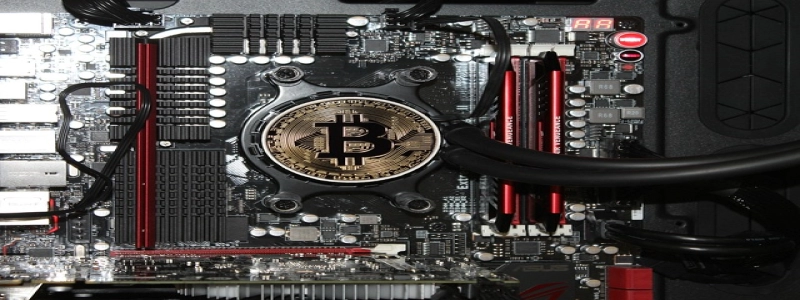Title: Introduction to Intel SFP+: Enhancing Network Connectivity
Introduction:
The Intel Small Form Factor Pluggable Plus (SFP+) is a high-speed, versatile and compact transceiver module that plays a pivotal role in enhancing network connectivity. With its unique design and advanced features, SFP+ has become an industry-standard solution for various networking applications. This article provides a detailed overview of the Intel SFP+ and its benefits.
I. What is Intel SFP+?
– Definition and purpose: Intel SFP+ is a hot-swappable optical transceiver module used for both Ethernet and Fibre Channel applications. It is designed to provide fast data transfer rates and reliable connectivity in networking environments.
– Industry-standard compatibility: Intel SFP+ adheres to the SFP+ Multisource Agreement (MSA), ensuring interoperability with other MSA-compliant devices.
II. Features and Advantages of Intel SFP+:
a. Small Form Factor: The compact size of Intel SFP+ allows for higher port density on networking devices, resulting in increased scalability and more efficient use of limited space within data centers and LAN/WAN environments.
b. High Data Rates: Intel SFP+ supports data rates of up to 10 Gbps, making it ideal for bandwidth-intensive applications such as video streaming, high-performance computing, and cloud computing.
c. Long Reach: Intel SFP+ can transmit data over long distances using optical fiber cables, providing reliable connectivity even in extended network infrastructures.
d. Hot-Pluggable: The hot-swappable nature of Intel SFP+ enables easy installation and replacement without interrupting network operation, minimizing downtime and maintenance costs.
e. Low Power Consumption: Intel SFP+ is designed to operate efficiently with low power consumption, contributing to energy efficiency in networking environments.
III. Applications and Use Cases of Intel SFP+:
a. Data Centers: Intel SFP+ is widely used in data centers for high-speed interconnection between servers, switches, and storage devices. Its high data rate and low latency ensure smooth data transmission and reduce network congestion.
b. Telecommunication Networks: SFP+ modules are commonly deployed in telecommunication networks for long-distance, high-bandwidth connectivity. They can be used for fiber optic network links between service providers, or for extending the reach of copper-based networks.
c. Enterprise Networks: In enterprise networks, Intel SFP+ enables high-speed connections between switches, routers, and servers. It can be utilized for applications such as virtualization, data backup, and disaster recovery.
d. Storage Area Networks (SAN): Intel SFP+ is an essential component in SAN environments, enabling fast and reliable data transfer between storage arrays, servers, and switches. It ensures optimal performance and scalability in SAN deployments.
Conclusion:
Intel SFP+ is a versatile and high-performance transceiver module that enhances network connectivity in various industries. Its compact size, high data rates, and long reach make it an ideal solution for modern networking applications. With its broad compatibility and advanced features, Intel SFP+ continues to be a preferred choice for organizations seeking reliable and scalable network solutions.








